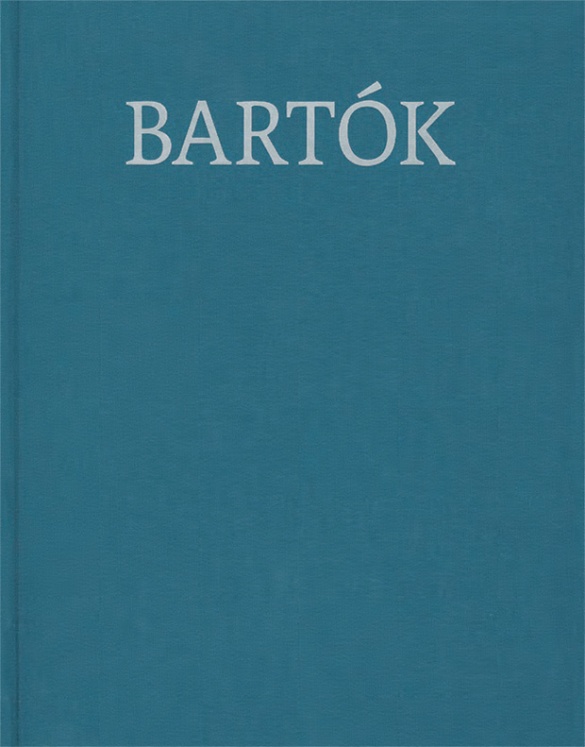

Béla Bartók
Vol. 38 | Works for Piano 1914-1920
This volume contains some of Bartók's core piano works, among them the extremely popular Romanian Folk Dances that are known in various arrangements, the Suite op. 14 and the Sonatina. Several of these compositions are already available in single Urtext editons. This volume contains valuable additional information: The elaborate preface comments on the genesis of the works, their publication and public reception. The following chapter Notation and Performance refers to recordings and affords interesting insight into the composer’s own perception of tempo, phrasing and articulation in these works. The Critical Commentary minutely follows the steady development and consolidation of the compositions that were often created and revised over long periods of time; sketches and early versions are also commented upon. The folk tunes that some of the compositions are based on can be found in a separate appendix including English translations of the texts.
Content/Details
(Explanation)
About the Composer
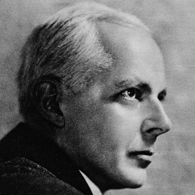
Béla Bartók
This composer, who numbers among the most important musical figures in the first half of the twentieth century, is known principally for his research into Hungarian folk music, the elements of which he incorporated into his style. His broad oeuvre includes numerous works for orchestra, piano, and chamber ensembles, as well as choral music; songs with piano accompaniment; and an opera.
| 1881 | Born in Nagyszentmiklós on March 25. First piano instruction from his mother. |
| 1893–ca. 1896 | Piano studies with László Erkel in Pressburg (Bratislava). |
| 1899–1903 | Studies piano and composition at the Budapest Academy of Music. Symphonic poem “Kossuth” in 1903. |
| from 1905 | Together with Zóltan Kodály he begins scientific field research into Hungarian folk music and thereby refutes conventional notions. He becomes acquainted with the music of Debussy. |
| 1905–07 | Suite No. 2, Op. 4, for small orchestra. |
| 1907–34 | Professor of piano in Budapest. |
| 1908–09 | “For Children,” 85 transcriptions of folk songs for piano, later only 79. |
| 1915–17 | String Quartet No. 2, Op. 17, with percussive playing techniques. |
| 1917 | Premiere of his ballet “The Wooden Prince.” |
| 1918 | Premiere of “Bluebeard’s Castle,” Op. 11 (composed 1911), partially based on the sounds of French music. |
| 1920 | Improvisations on Hungarian Peasant Songs, Op. 20. |
| 1926 | Performance of the pantomime “The Miraculous Mandarin.” Piano cycle “Out of Doors.” |
| 1926–39 | “Mikrokosmos” for piano (six volumes). |
| from 1934 | Editor of the complete edition of Hungarian folk music. |
| 1936 | Music for Strings, Percussion and Celesta as avant-garde work. |
| 1937–38 | Concerto (No. 2) for violin and orchestra. |
| 1940 | Emigrates to the United States. |
| 1945 | Piano Concerto No. 3; his concerto for viola remains unfinished. Death in New York on September 26. |
Product Safety Informations (GPSR)

G. Henle Verlag
Here you can find the information about the manufacturer of the product.G. Henle Verlag e.K.
Forstenrieder Allee 122
81476 München
Germany
info@henle.de
www.henle.com
Diese in den Erstdrucken meist zur Information mit integrierten Volksmusikquellen werden hier in einem eigenen Anhang wiedergegeben und sorgfältig aufgearbeitet (mit englischer Übersetzung der Liedtexte). ... In philologischer Hinsicht ist Somfais Edition überhaupt vorbildlich zu nennen, und das wiegt umso schwerer, als sich dieses Repertoire eben in so vieler Hinsicht einer Eindeutigkeit entzieht. ... Besonderer Erwähnung wert ist das Einleitungskapitel „Zu Notation und Aufführung“, das ein wahres Kompendium der Aufführungspraxis und Interpretationsforschung zu Bartóks Schreibstil und Spielweise darstellt und in dem auch Überlegungen zur Bedeutung der (meist nachträglich hinzugefügten) Spieldauern angestellt werden. ... Gewiss kein Irrtum ist es, diesen Band der Gesamtausgabe als eine monumentale Leistung zu bezeichnen, tatsächlich als ein editorisches Monument für Bartóks Werke, die nicht nur in ihrer harmonischen Schärfe kräftig an den etablierten Normen der Musikwelt rüttelten. Hier stehen sie gut und sicher wie nie zuvor.
Die Tonkunst, 2021recommendations
autogenerated_cross_selling
Further editions of this title
Further editions of this title


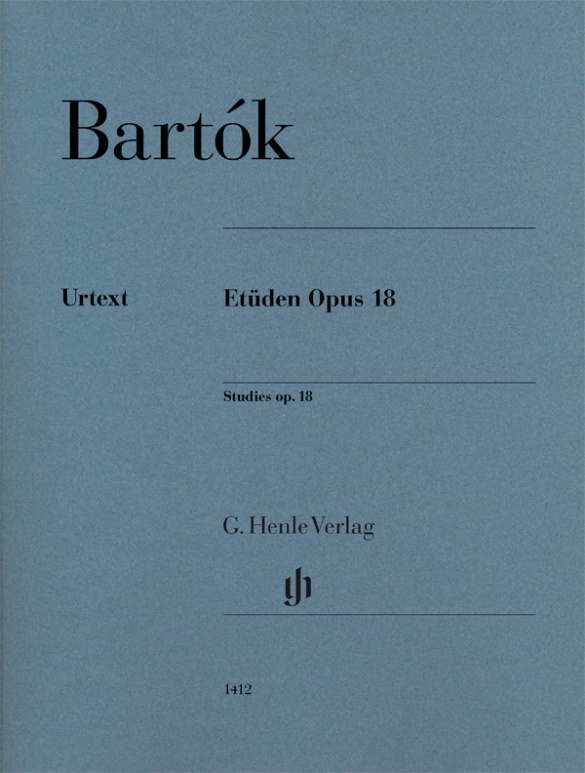

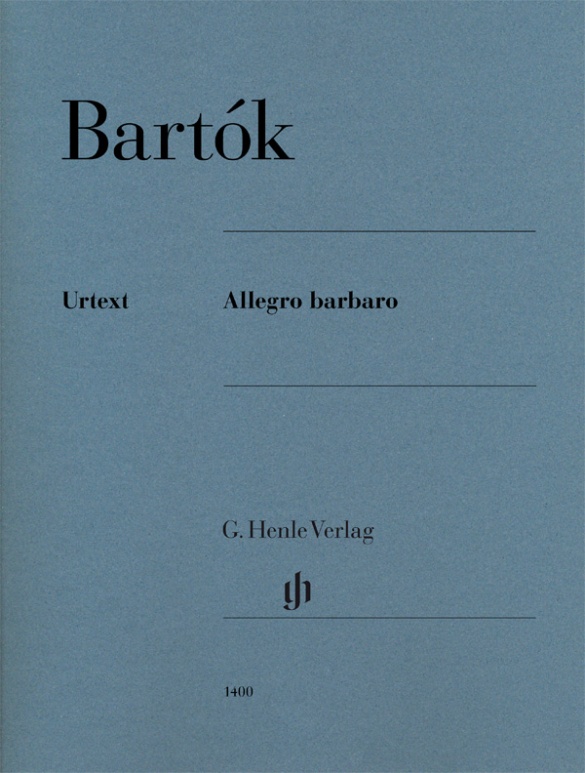
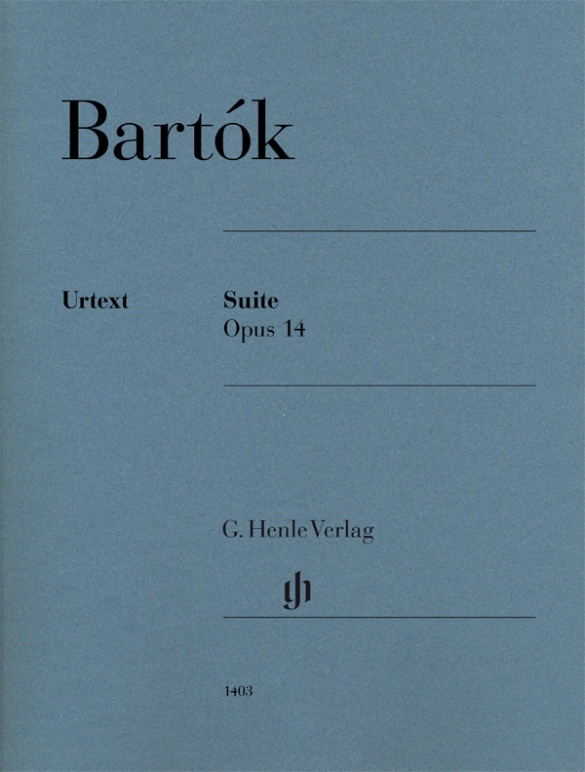
No distribution rights for Hungary